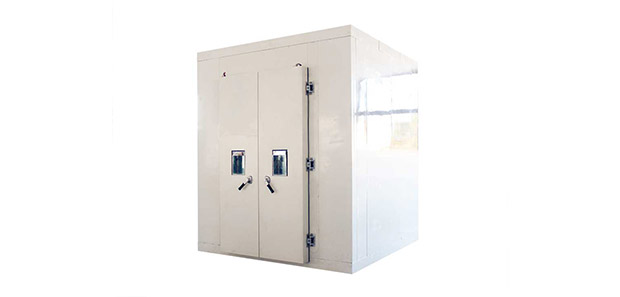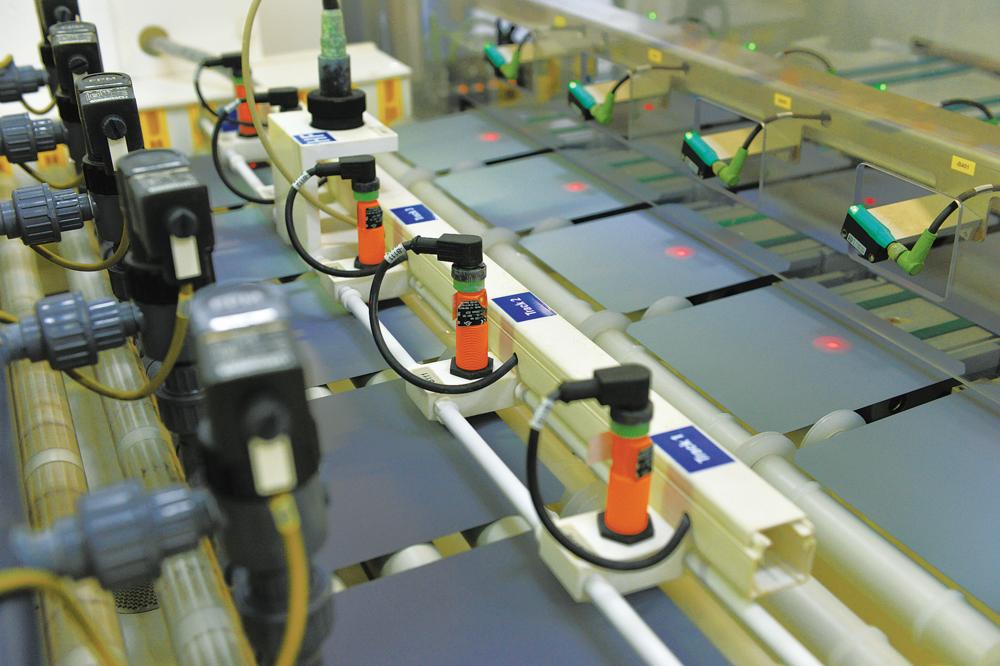A walk-in constant temperature aging chamber is a device used to simulate long-term aging tests under high-temperature environments. It is primarily employed to evaluate the stability, durability, and performance changes of materials, components, or finished products under elevated temperatures. By maintaining controlled temperature and humidity conditions, the chamber enables prolonged aging tests to assess the reliability and durability of samples in real-world usage environments.

The main tests conducted in a walk-in constant temperature aging chamber include, but are not limited to, the following aspects:
-
Heat Resistance Testing – Samples are exposed to high temperatures to observe their stability and performance changes, evaluating their ability to withstand heat.
-
Humidity Resistance Testing – By maintaining constant humidity conditions, the chamber tests the stability and performance changes of samples in high-temperature, high-humidity environments, assessing their moisture resistance.
-
Aging Life Testing – Through long-term continuous aging tests, the performance degradation of samples under high temperatures is observed to evaluate their lifespan and reliability in real-world conditions.
-
Performance Change Testing – Samples undergo performance tests at different time intervals to compare changes under high-temperature conditions, assessing their long-term stability.
In summary, a walk-in constant temperature aging chamber is mainly used to test the stability, durability, and performance changes of materials, components, or finished products under high-temperature conditions. This helps manufacturers evaluate product reliability and durability, improving product quality and market competitiveness.













